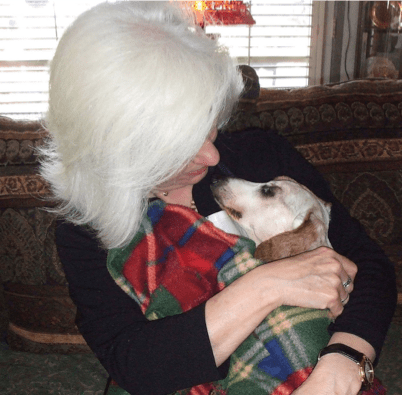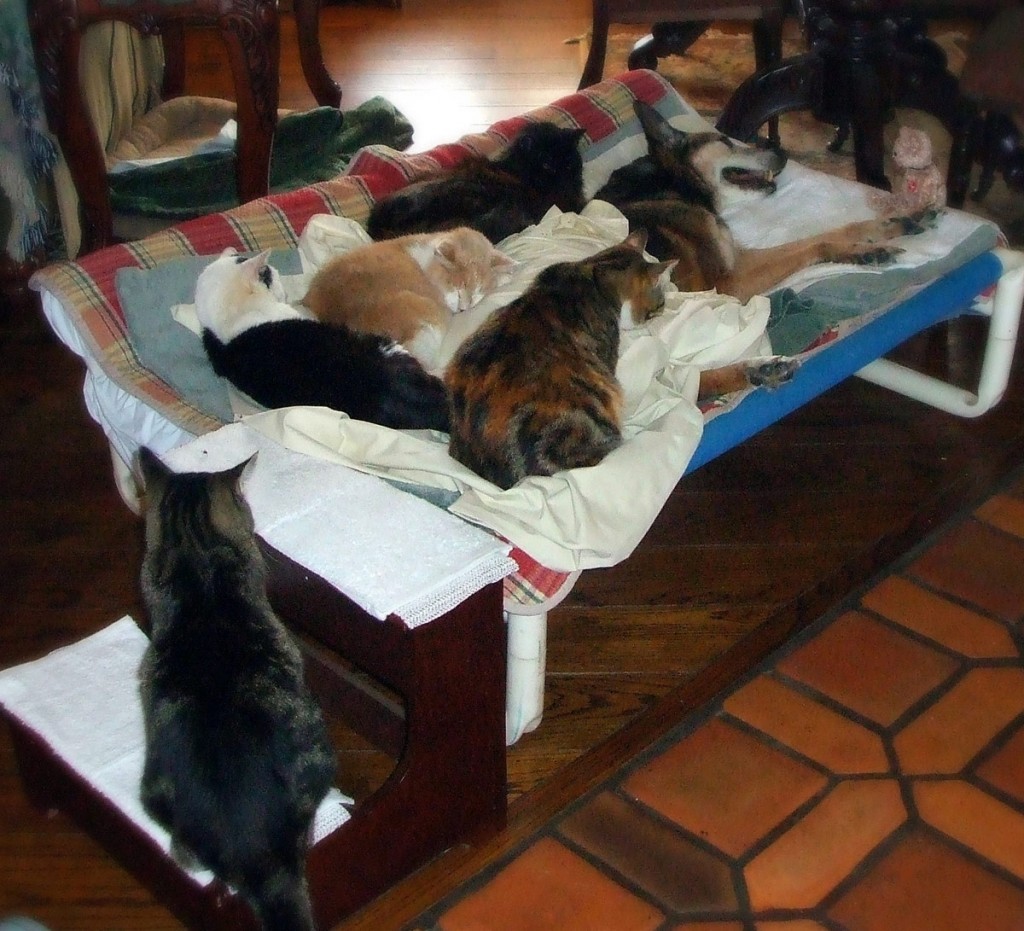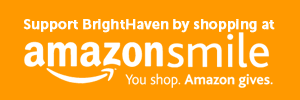Facing the Death of Beloved Animals

Everyone who has shared life with animals has, at one time or another, faced the inevitability of their death, and been consumed with uncertainty over wanting to do the right thing. Death for humans is rarely by euthanasia, although for animals that is accepted as normal; we have the powerful choice of ending our animals’ lives for them if or when we deem fit to do so.
The way an animal concludes life is our personal decision, but there are many opinions based upon culture, belief or spirituality. One must make one’s own choice, perhaps with the aid of discussion with both friends and professionals, but mostly with one’s own heart – for such a decision must always be made with, and for, love rather than fear.
Such a decision is possibly the single most difficult choice one must make in life, and many things must be taken into consideration, including understanding what is normal in the natural dying process, which helps alleviate fear. The Quality of Dying Checklist may be useful in this regard. Pain, suffering, will to live and quality of life issues must play their part, along with family trials and suffering as changes are accommodated in daily life to sustain hospice care…something that all families are not able to do depending on their circumstances.
Human hospice care, resulting in a peaceful and dignified death, is widely accepted as normal, and perhaps it will be the same for animals one day, should personal situations allow. Mother Nature, in her wisdom, designed the processes of transition both into and out of the body, and yet death remains a journey feared by many.
For BrightHaven’s definition of animal hospice, please visit https://www.brighthaven.org/what-is-animal-hospice/.
As you can see from our animal hospice guiding statement, although BrightHaven’s primary focus is on preparing for and achieving a natural death, we are certainly not opposed to euthanasia:
At BrightHaven, when an animal enters hospice care our expectation is that the animal will have a painless, loving, peaceful journey followed by a painless, loving, peaceful & natural death.
If a place is reached during that journey where the caregiver, the veterinarian AND the animal, believe the animal to be in need of critical assistance, then euthanasia will be used.
We also believe that every animal caregiver should have as much information as possible to help them make the best choices for their animal and unique situation. You can learn more about our animal hospice philosophy on this page: https://www.brighthaven.org/animal-hospice/our-animal-hospice-philosophy/.
The main difference between hospice care and end-of-life care is that hospice care does not foresee euthanasia in the future but focuses on a peaceful, gentle and natural death. After all, life itself is terminal. Of course, if an animal in hospice care takes a turn for the worse, the decision to euthanize may then be made, whereas in palliative or end-of-life care euthanasia may be the expected outcome from the beginning.
For more information, you may wish to download our helpful handout:
What the Animals Taught Us
As a modern-day society we tend to the belief that euthanasia is the most humane thing we can do for our animals if they have been diagnosed with a terminal illness, or have reached a point in their lives when we perceive them to be in pain or suffering. Prior to BrightHaven, we too followed this path, yet deep inside began to question what we were doing. And so began an amazing journey. Natural dying became part of the BrightHaven Menu for Healing, which forms the foundation of our work, thanks to what a beautiful cat named Mariah taught us about natural death.
Animals live in the moment and appear to show no fear of illness or death, and to be present together with them during the last chapter of life is a deeply rewarding and valuable experience. It often challenges old ways of thinking, reveals our deepest neediness and plummets us into uncertainty. At the same time, it is an opportunity for growth and discovery, a journey requiring courage and flexibility and enabling us to cultivate a wiser heart, deeper compassion and an increased capacity for skillful action.
For animals, death is altogether a part of life, as natural as birth, although they are more attached to a death shared in love rather than fear, whether it be natural or by euthanasia. We gradually came to terms with our fears surrounding death, although, in spite of this knowledge, we still experienced the very human feelings of guilt, uncertainty and fear of doing the wrong thing.
Fear of Dying & Death

Most humans are raised to fear death. There is little to no end-of-life education for children or young adults and so most people become very afraid of dying. This fear may help explain why vets shy away from the time when they feel they have no more tools to offer a caregiver whose animal may be approaching the end of life – and that makes them wish to run in the opposite direction! When that happens, people are left anxious and worried and very often choose euthanasia as they feel they have no other option.
Death is psychologically as important as birth. Shrinking away from it is something unhealthy and abnormal which robs the second half of life of its purpose. –Carl Jung
Knowledge reduces fear and increases confidence, and conscious decision-making may minimize future regrets. We invite you to explore our caregiver resources (including animal hospice education and holistic healthcare education), online learning and publications to learn more. You may also wish to book a consultation with BrightHaven President and Founder Gail Pope.



